Top 10 Little-Known Facts About the Solar System
The solar system, our celestial neighbourhood, is a source of endless fascination and mystery. While we’re familiar with the basics – the sun, the planets, and their moons – there’s so much more to this intricate cosmic dance. Beyond the orbit of Neptune and the familiar glow of Venus, the solar system harbours secrets and surprises that continue to captivate astronomers and space enthusiasts alike. This list dives into the top 10 little-known facts about the solar system, uncovering hidden gems that will enlighten even the most knowledgeable stargazers. From the peculiarities of distant planets to the enigmatic phenomena occurring right within our astronomical backyard, prepare to embark on a journey that will take you beyond the textbooks and into the heart of our cosmic home.
1. The Sun’s Far-Reaching Influence

The Heliosphere
The Sun’s influence extends far beyond the outer planets, in a region known as the heliosphere. This vast bubble, created by the solar wind, encompasses all the planets and acts as a shield against interstellar radiation. The heliosphere extends over 11 billion miles from the Sun, with its outer boundary, the heliopause, marking the point where the solar wind slows down and merges with the interstellar medium. This vast influence is a testament to the Sun’s power and its role as the solar system’s anchor.
2. Venus’ Peculiar Rotation
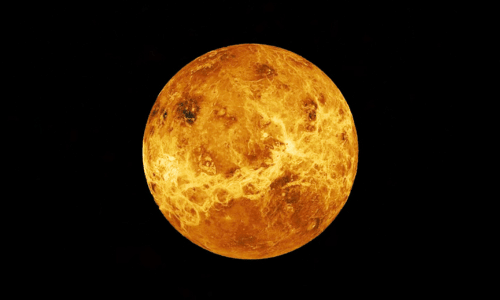
The Slow Inverted Spin
Venus rotates in the opposite direction to most planets in the solar system, and it does so very slowly. A day on Venus (one full rotation) lasts longer than a Venusian year (one orbit around the Sun). This slow, retrograde rotation is unique and remains a subject of scientific curiosity. Theories suggest it could be due to a massive collision early in its history or tidal effects from the Sun.
3. The Great Red Spot
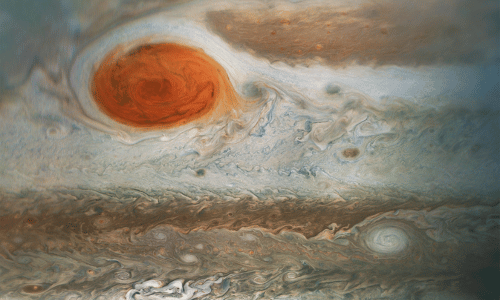
A Storm Bigger Than Earth
Jupiter’s Great Red Spot, a giant storm larger than Earth, has been raging for at least 400 years. This anticyclonic storm measures about 10,000 miles in diameter. Its persistence and size are still not fully understood, but it’s believed that Jupiter’s high internal heat and lack of a solid surface play a crucial role in sustaining this colossal storm.
4. Saturn’s Moon Titan
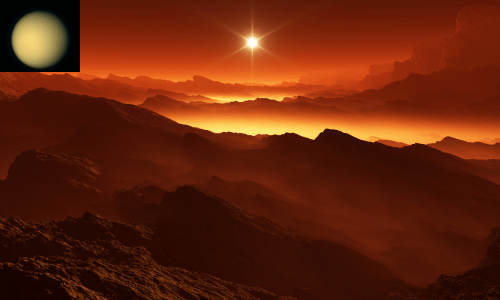
An Earth-Like Body
Titan, Saturn’s largest moon, is remarkably Earth-like, with a thick atmosphere and liquid bodies on its surface. However, instead of water, these lakes and seas are made of methane and ethane. Titan’s atmosphere, rich in nitrogen, and its weather patterns, including rain and potentially snow, make it a prime candidate for studying prebiotic chemistry and potentially even life.
5. Uranus’ Extreme Tilt
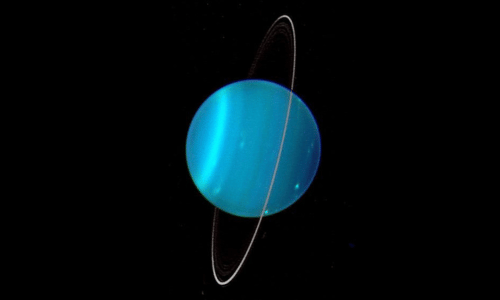
A Sideways Planet
Uranus has the most extreme axial tilt in the solar system, lying on its side at an angle of about 98 degrees. This unique orientation, possibly the result of a colossal collision, leads to extreme seasonal changes. Each pole gets around 42 years of continuous sunlight, followed by 42 years of darkness.
6. Neptune’s Wild Winds
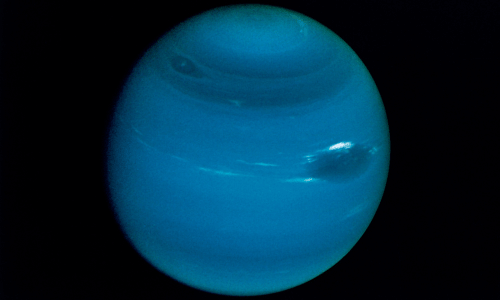
The Fastest in the Solar System
Neptune, the farthest planet from the Sun, experiences the most intense wind speeds in the solar system, reaching up to 1,200 miles per hour. These supersonic winds are a mystery, especially considering Neptune receives minimal energy from the Sun. The internal heat of the planet might play a role in driving these fierce winds.
7. The Asteroid Belt’s Composition
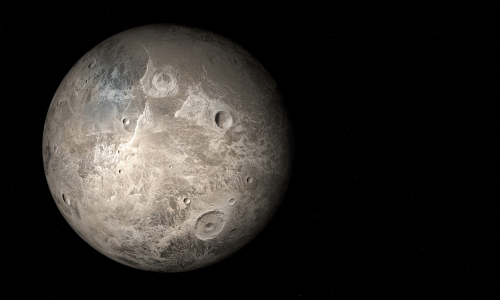
Not Just Rocks
Contrary to popular belief, the asteroid belt between Mars and Jupiter isn’t just a collection of rocks. It contains diverse objects, including dwarf planet Ceres, and holds clues to the solar system’s formation. The asteroid belt is also not densely packed, making spacecraft navigation through it relatively straightforward.
8. Pluto’s Heart

A Region of Mysteries
Pluto, once the ninth planet, has a large, heart-shaped region named Tombaugh Regio. This area, consisting of plains, mountains, and glaciers, is geologically active, a surprising discovery that challenged our understanding of small, distant worlds. Its icy heart has a variety of landscapes, from nitrogen ice plains to towering ice mountains.
9. The Kuiper Belt’s Diversity
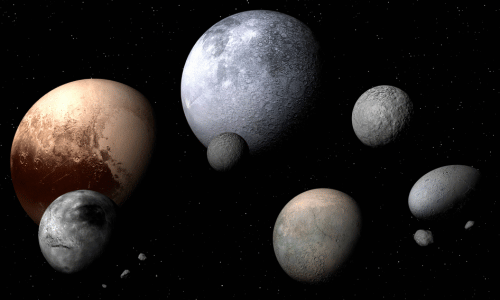
Beyond Neptune
The Kuiper Belt, beyond Neptune, is a vast region filled with icy bodies, including comets, asteroids, and dwarf planets. This area is a relic of the solar system’s early days, providing insights into its formation. The diversity of objects in the Kuiper Belt, including the recently explored Arrokoth, showcases the complexity of our solar system’s outskirts.
10. The Sun’s Future Transformation
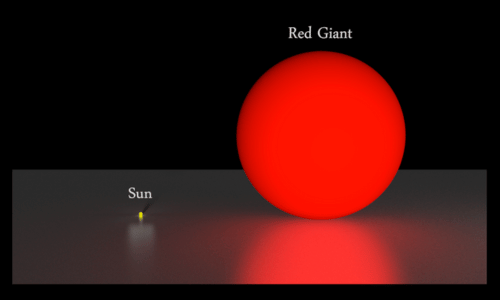
Becoming a Red Giant
In about 5 billion years, the Sun will exhaust its hydrogen fuel and transform into a red giant. This phase will see the Sun expand, potentially engulfing the inner planets, including Earth. Following this, the Sun will shed its outer layers, leaving behind a white dwarf – a dense, Earth-sized core that will slowly cool over billions of years.
Our solar system is a dynamic, ever-changing expanse filled with extraordinary phenomena. From the enigmatic weather patterns on distant planets to the peculiar rotations and orbits, each aspect of our solar system tells a story of cosmic evolution and mystery. These top 10 little-known facts offer a glimpse into the complexities and wonders of our cosmic neighbourhood. As we continue to explore and understand these phenomena, our appreciation for the intricacies of the universe grows.
Engagement Prompt “We’ve reached the end of our Top 10 countdown, and we’d love to hear from you! Do you agree with our choices, or is there something we missed that you feel deserves a spot on this list? Let’s start a conversation – comment below with your thoughts and ideas. Your input might just influence our next Top 10!”
If you like this, you might like Top 10 Most Groundbreaking Space Discoveries of All Time





